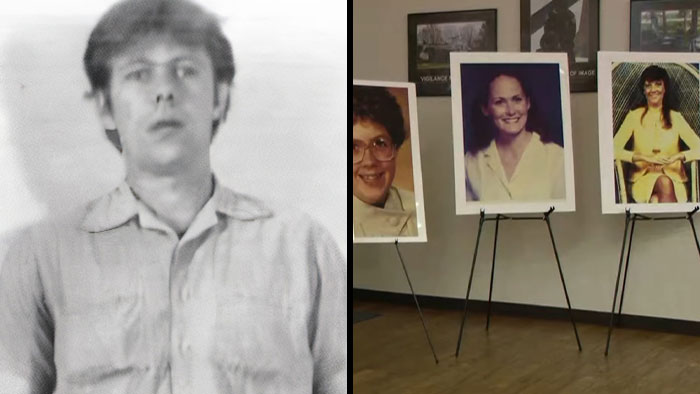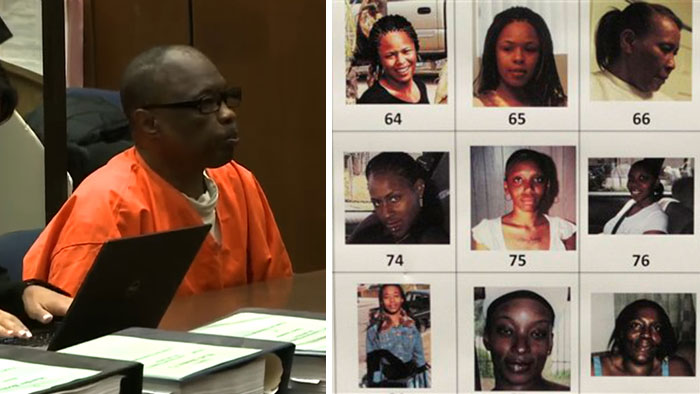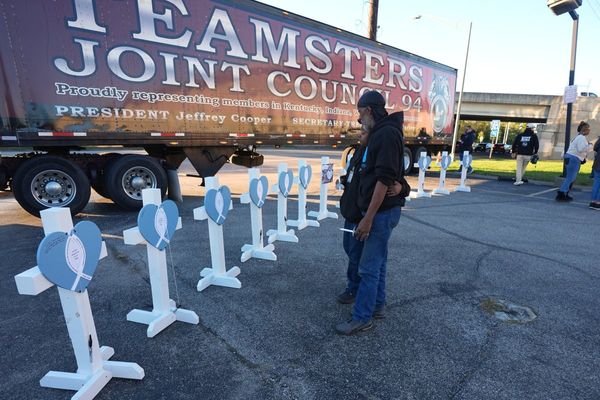In the 21st century, genetics genealogy revolutionized the world of crime scene investigation. The technique helps identify unknown suspects or victims by comparing DNA evidence from a crime scene to genetic databases, allowing law enforcement to solve decades-old cases.
This method was made possible thanks to advances in DNA testing technology and the expansion of genetic databases that have made it accessible to the general public.
In the following murder cases, progress in DNA technology has played a crucial role in tracking down perpetrators and identifying deceased individuals, finally providing answers to grieving families.
- Read More: 11 Harrowing Cold Cases That Were Cracked Decades Later Thanks To Tech And Science Advancements
#1 The Kidnapping Of Melissa Highsmith (1971-2022)
In August 1971, Melissa’s newly separated mother placed an ad in the newspaper looking for a babysitter to watch her daughter while she was gone.
A woman responded and asked the mother if she could bring her 21-month-old child to her backyard, where she was watching other children.
Then, she never returned the child.
Her family appeared on several national media outlets and podcasts, hoping to reunite with their daughter.
Their wishes finally came true in November last year when Melissa was found alive and reunited with her loved ones.
Her family achieved this seemingly impossible goal after taking an at-home DNA test through the genealogy service 23AndMe. A few days later, results came back, linking Melissa’s father to a granddaughter he never knew he had. Ultimately, his father thought, the unknown relative had to be her.
Melissa, who went under the name Melanie, had never found out about her kidnapping. She fled home at age 15 after a troubling relationship with the woman who raised her.
Now, she uses her name given at birth.

Image credits: Sharon Rose Highsmith
#2 "Boy In A Box" (1957-2019)
In 1957, a young boy’s body was found inside a cardboard box in the woods of Philadelphia.
The victim’s identity remained a mystery for decades, which is why the boy was named “America’s Unknown Child.”
Eventually, a court granted investigators access to exhume the child’s body to see if they could locate his family using the genetic genealogy technique.
In 2019, investigators were able to identify the boy’s mother and father thanks to a second cousin who had uploaded his DNA to a public database. Two years later, the victim was officially given a name: Joseph Augustus Zarelli, born in 1953.
His assassin was never found.

Image credits: Wikipedia
#3 "The I-65 Killer" (1987-2022)
The Days Inn killer preyed on women working as night clerks at motels along the I-65 Midwest highway between Indiana and Kentucky.
Between 1987 and 1990, four women were attacked by the serial killer. While three of the victims were sexually assaulted and shot, the fourth one was able to escape.
The fourth woman gave investigators a description of the attacker: a bearded man in his late 30s to mid-40s with green eyes and a knit cap.
Investigators reached their breakthrough more than three decades later by cross-checking DNA evidence with ancestry records.
Last year, the murders of Vicki Heath, Margaret "Peggy" Gill, and Jeanne Gilbert were connected to a man named Harry Edward Greenwell. The serial killer died in 2013 after serving two prison sentences in Iowa and Kentucky for a string of violent crimes.

Image credits: Wikipedia
#4 "Btk" Killer (1974-2004)
Dennis Rader was responsible for the murders of at least 10 people across Kansas from 1974 to 1991. The killer was interested in playing a game of “cat and mouse” with the police authorities, sending cryptic letters about his crimes with clues only the perpetrator would know.
The revolutionary breakthrough came in 2004, when the serial killer, who called himself the B.T.K. Strangler, sent a floppy disk to the police and dared them to find him.
Upon analyzing the clue, investigators discovered metadata on the disk that led to his identity. From there, authorities obtained DNA from Rader’s daughter without her knowledge and found a close match with the DNA obtained from one of the crime scenes.
Rader is now serving life in prison.

Image credits: KAKE News
#5 "The Grim Sleeper" (1984-2016)
Lonnie Franklin Jr, also known as The Grim Sleeper, targeted young Black women who lived in Los Angeles and struggled with drug addiction. After he killed his victims, he dumped their naked bodies in dirty neighborhood alleyways.
In May 2016, the serial killer, who stalked LA between 1984 and 2007, was found guilty of murdering nine women and a teenager, though it’s believed there were more victims.
The case was ultimately cracked in the late 2000s, after Franklin’s son provided DNA samples following his arrest for carrying a weapon. Investigators found that his DNA closely matched that obtained from the cold case.
To confirm the connection, a detective posed as a busboy to collect DNA from a partially eaten slice of pizza that Franklin had left behind.
The killer died in his prison cell in March 2020.
- You Might Also Like: These 32 Striking Images Captured Native American Men More Than 100 Years Ago

Image credits: KCAL News
!["[T]he First and Fifth Amendments Require ICE to Provide Information About the Whereabouts of a Detained Person"](https://images.inkl.com/s3/publisher/cover/212/reason-cover.png?w=600)






